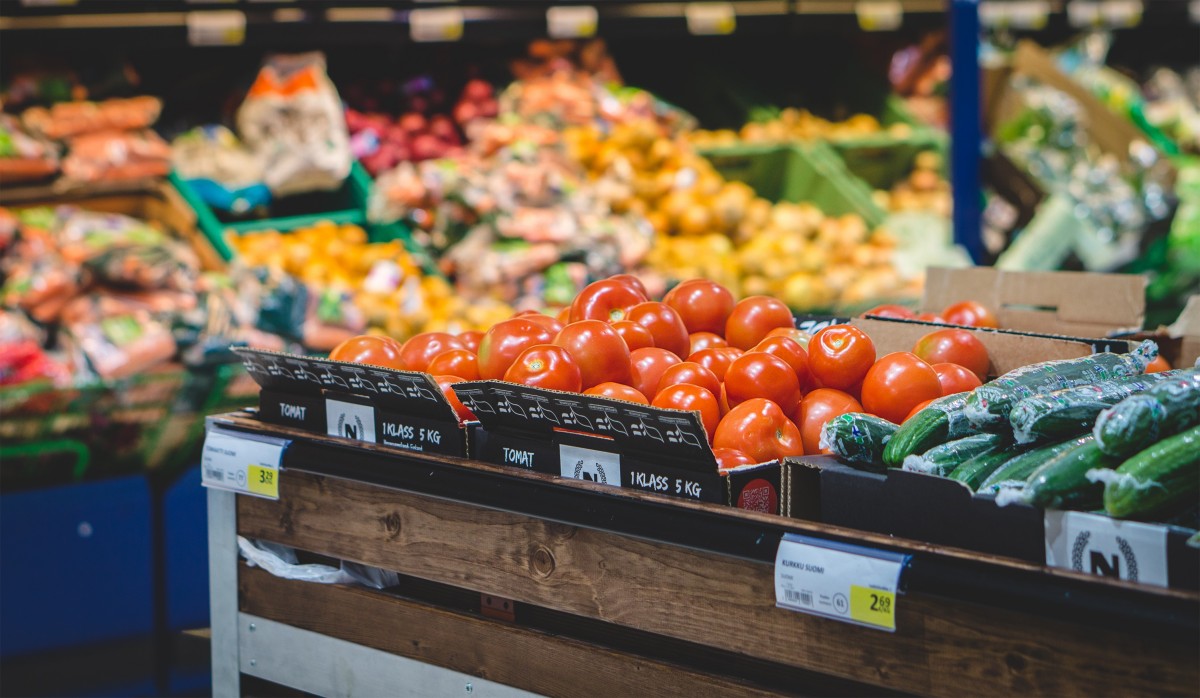Peer-to-Peer Food App Makes Surpluses Go the Extra Mile

There’s a scene in the 2002 independent film, My Big Fat Greek Wedding, where the mother tells her children at dinner time to eat, “because at your age, we didn’t have food.”
It’s a line I often heard growing up in a Greek-American home. My grandparents immigrated to the United States following World War II and the ongoing Greek Civil War in search of better opportunities. Akin to the generation of Americans who lived during the Great Depression and post-war food rationing, attitudes remained the same: waste not, want not.
But there’s a significant generational shift when it comes to “the Instagram generation.” According to the Guardian, millennials are time-poor and don’t understand the value of the food on their plates. Those aged 18 to 34 are more preoccupied with the visual presentation of their food, while also failing to plan meals ahead of time. Therefore, they buy too much and then throw it out.
The United Kingdom throws away 15 million tons of food each year, which has an estimated retail value of £7.5 billion ($9.9 million). A national study showed that nearly two-fifths of those older than 65 say they never waste food, compared with just 17 percent of those under 35 in the United Kingdom.
Across the pond, the United States leads the world in food waste, throwing out food worth nearly $165 billion. Yet one in eight Americans struggle with hunger.
Thanks to a new app, those with a surplus of groceries can avoid waste and share them with neighbors.
Launched in 2015 by Tessa Cook and Saasha Celestial-One, Olio connects local communities, businesses, and food stores. Users upload a photo and description of the food they no longer want or need, and a time and pickup location for others to come to collect it. Many use the app to get to know others in their communities, and it’s useful for local restaurants who upload unsold food.
For others, it’s an essential part of combating hunger. Olio has been downloaded more than 180,000 times and is most popular in Sweden and the United States. It relies on 11,000 volunteers to get the word out about the app by putting up posters, handing out flyers, and posting on other social-media platforms.
In an interview, Cook said that the founders’ ambitious goal is to see hundreds of millions of people around the world use Olio to share food, rather than chuck it in the bin. This app is enabling resource allocation to rise to a new level of efficiency by utilizing technology and a direct, voluntary exchange of goods.
In the United States, many charitable organizations and food banks face bureaucratic red tape when it comes to receiving donations. Many cities even ban food-sharing in public places, thus making it harder to feed the homeless or the food insecure.
By cutting out the middleman, Olio is paving the way for reducing food waste and the “permission” of big government to voluntarily give resources to those who want and need them most.
(Please send any and all unwanted Ben and Jerry’s Chunky Monkey ice cream my way.)


